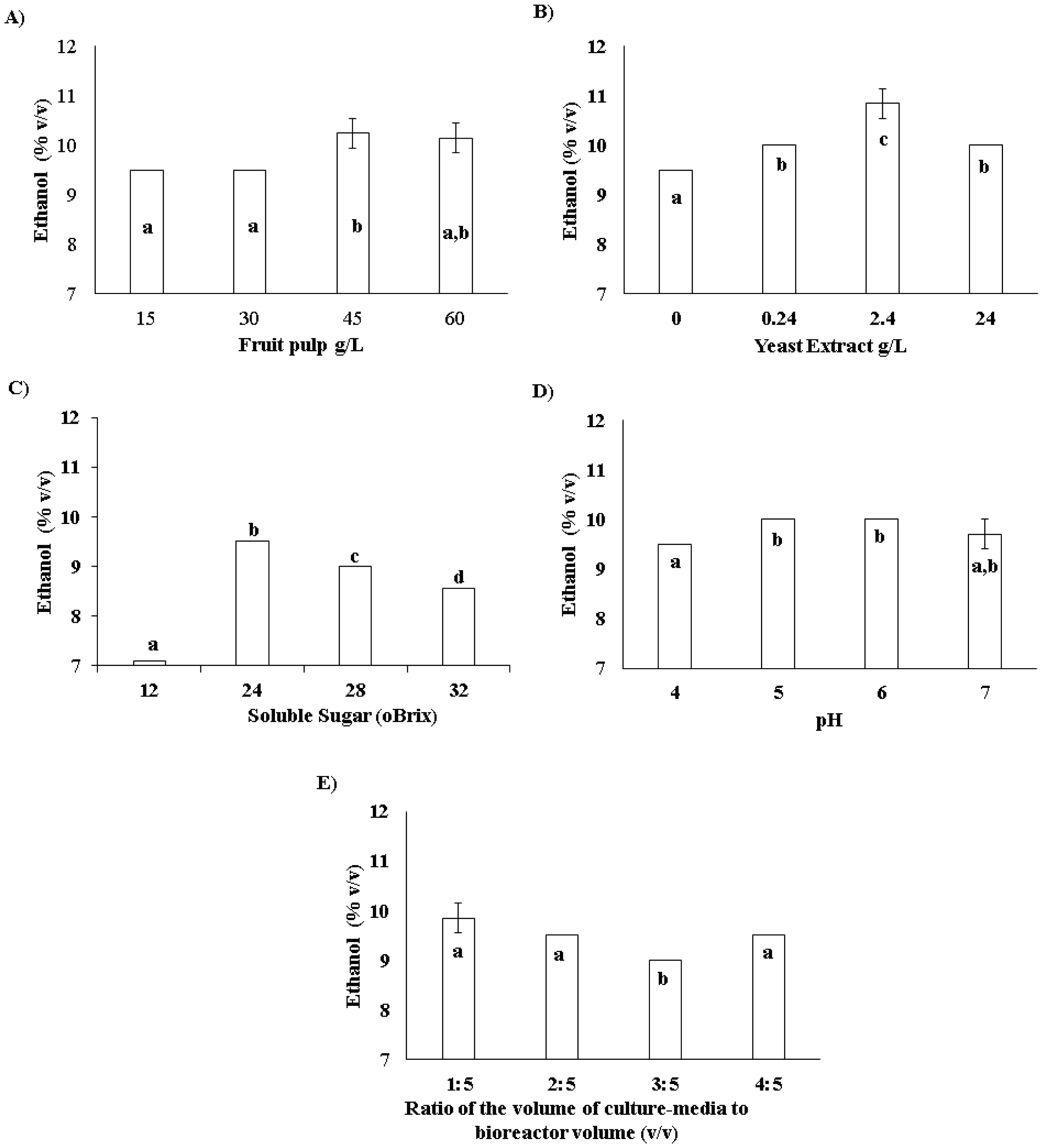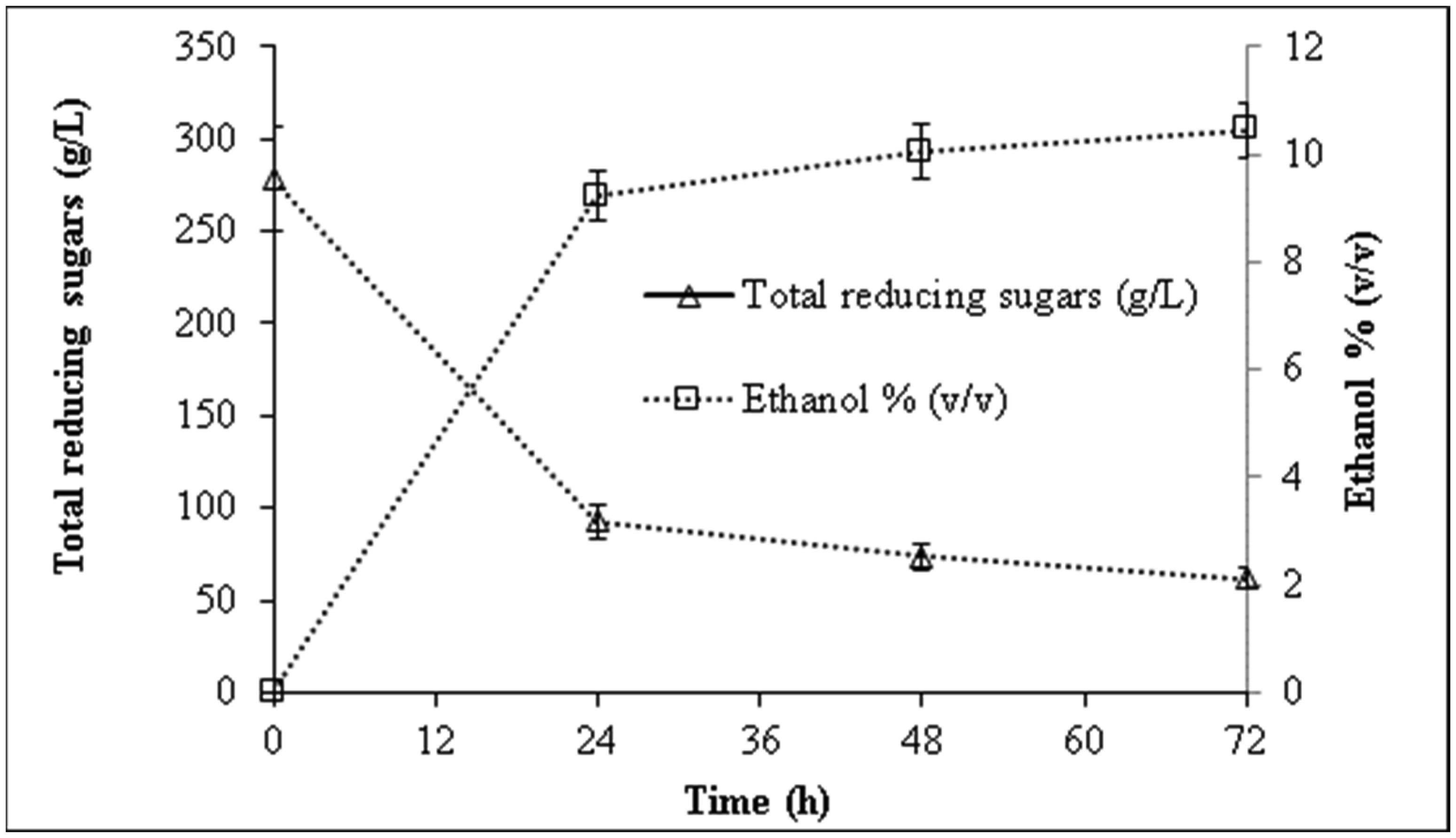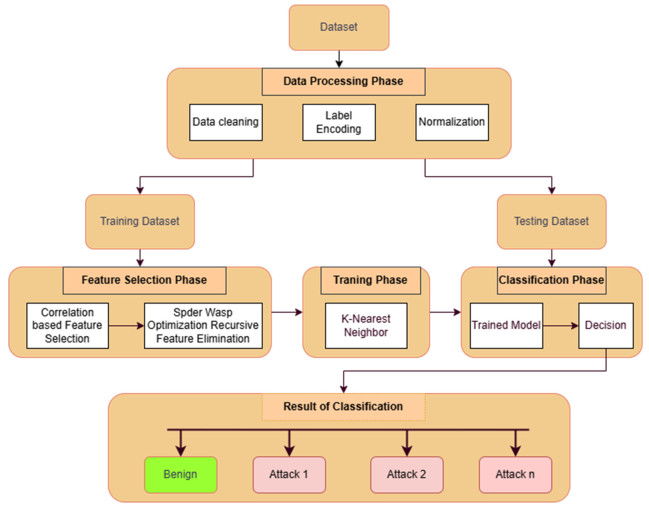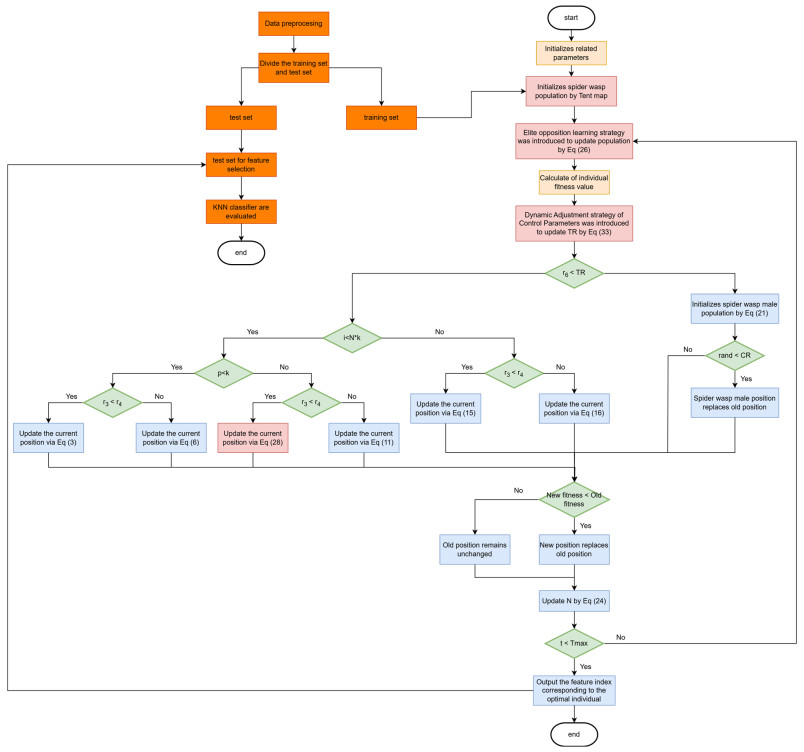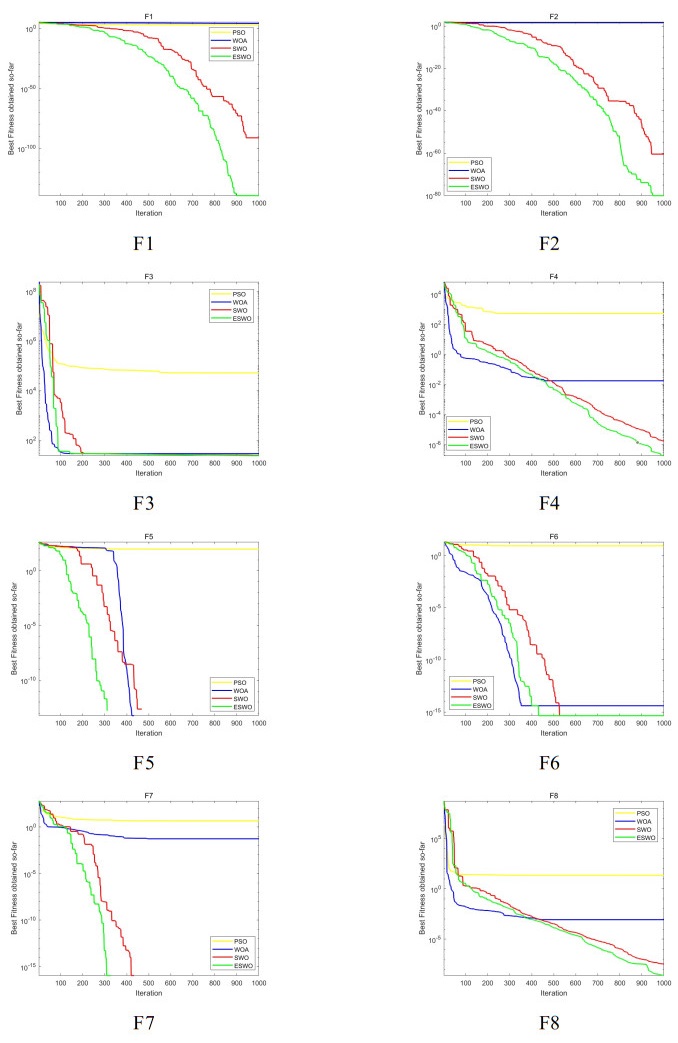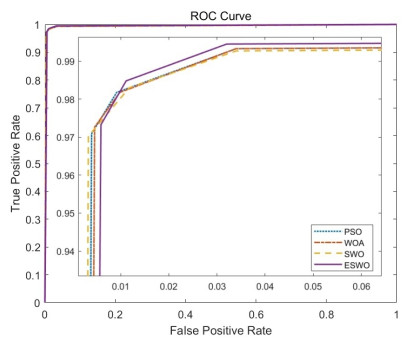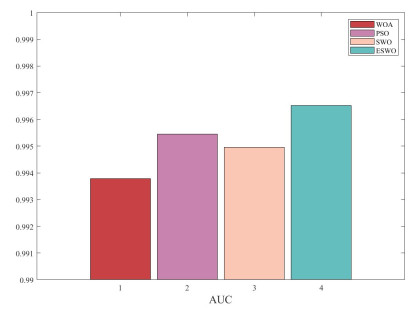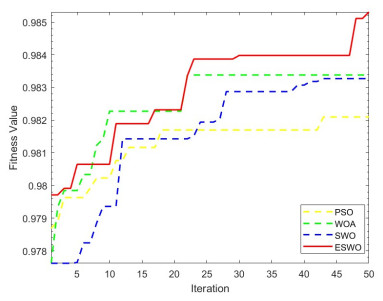1.
Introduction
Large-scale agriculture, damage to natural ecosystems, and economic globalization have reduced the production and diversity of local foods, thereby reducing both the richness of human cultures and the individual's joie de vivre. The Amazonian Forest in particular is undergoing degradation from logging; fires; human settlement; and agricultural development for soybeans, sugarcane etc. We carried out the current study to use a fruit that is endemic to the Amazon region and has a complex aroma/flavour profile for microbial fermentation to produce foodstuffs with a local identity.
This fruit, cupuassu, comes from Theobroma grandiflorum (SCHUM) that is in the Malvaceae and is a close relative of cocoa. The Amazon biome may have as many as 11000 tree species [1] and very few of these have been evaluated by modern science as potential food products [2]. Cupuassu fruit is of particular interest because it has a distinctive and complex aroma/flavor profile that is sweet, bitter, and alcoholic and overlaps with that of cocoa and tropical and temperate fruits of diverse plant families such as pineapple, banana, passion fruit, melon, and pear. Theobroma grandiflorum can also be cultivated, and cupuassu fruit is currently produced in the Brazilian states of Maranhão and Pará [3]–[5]. The cupuassu fruit is 12 to 15 cm long, 10 to 12 cm wide, and weighs about 1 kg [5]. The pulp makes up to 30% of this, has a creamy consistency, and can be used in a range of food products [3],[4],[6]–[8].
Whereas fresh fruits are nutritious, microbially fermented fruits can have enhanced flavor profiles, a longer shelf life, increase added value, and even educational value [9]–[11]. Cupuassu has previously been fermented to produce wine [6],[12] but not yet to produce vinegar. Vinegar produced by microbial fermentation is most commonly made from sugarcane or malted barley and added to foods at the table or during cooking, used as a medicine or tonic, is a component of some sunscreens and shampoos, can be used as a cleaning product, acts as a food preservative, and is added to foods such as mayonnaise, ketchup and other sauces [13]–[15].
Recent studies of T. grandiflorum revealed that some of the metabolites that confer the remarkable flavor of cupuassu fruit are bacteriostatic or bacteriocidal [16]. Here, we carried out a study to see whether cupuassu fruit – known to be rich in secondary metabolites - can be used to produce wine that can in turn be used for acetic acid fermentation. The specific aims were to carry out serial microbial fermentations of cupuassu to produce fruit wine and then fruit vinegar; to determine ethanol and acetic-acid yields (respectively) and compare with those of other fruit wines and fruit vinegars; and to assess the sensory properties of cupuassu wine and cupuassu vinegar.
2.
Materials and methods
2.1. Cupuassu pulp
The pulp (frozen and packed 500 mL) was obtained from the local (Manaus-Am-Brazil) industry Amazonia Polpas (Amazônia Indústria e comércio de polpas LTDA, http://www.amazoniapolpas.com.br/). According to the supplier, the product is obtained by the mechanical pulp of the seeds resulting in fruit pulp with carbohydrates (11.4%, w/w), fiber (1.6%, w/w), proteins (0.8%, w/w), and fat (0.3%, w/w).
2.2. Microorganism
Dried Saccharomyces cerevisiae produced by Dr. Oetker (Bielefeld, Germany, https://www.oetker.com) was used to ferment cupuassu for production of wine. The acetic bacterial culture (strong vinegar, 10% w/v titratable acidity) that was used for acetic fermentation was supplied by Virrosas Inc. (Manaus, Brazil).
2.3. Ethanolic fermentation for wine production
A mixture of cupuassu pulp (70%, w/w) and water (30%, w/w) was chaptalized by addition of sucrose to 24 °Brix and the pH adjusted to 5.0 by using NaOH 0.1 M. The must was inoculated by adding dried S. cerevisiae (straight from the packet) to give a concentration of 107 cells/mL of must. Fermentation was considered complete when the sugar level (°Brix) was stable (about 72 h). The fermenter's airlock prevented ingress of air yet enabled escape of CO2. Samples were taken at intervals of 4 h to determine °Brix, pH, ethanol, density, and reducing sugars (see below).
The fermentation was carried out in two different volumes: a) 25 mL and b) 4000 mL.
The 25 mL experiments were carried out in 125 mL Erlenmeyer, and these tests were carried out to investigate the influence of various factors in the conversion of fermentable sugars into ethanol. The following parameters were subjected to univariate analysis to determine ethanol yield: pulp concentration (15, 30, 45 and 60% w/w), the concentration of yeast extract (0.0, 2.4 and 24.0 g/L), sucrose-chaptalization (12, 24, 28 and 32 °Brix), pH (4.0, 5.0, 6.0 and 7.0) and the ratio of culture-medium volume: fermenter volume (1:5, 2:5, 3:5 and 4:5).
The experiments with the volume of 4000 mL was performed by using the knowledge developed in the univariate assays however the must (4000 L) was placed in a 20-L plastic water gallon (27 × 50 cm, diameter x height) at 22 °C.
Fermentations were monitored daily for microbial growth, for sugar consumption, and at the end of fermentation for ethanol concentration. We considered fermentation finished after stopping sugar reduction.
Once the fermentation was complete, the fermenter was placed in an incubator (Eletrolab® EL101; Eletrolab, São Paulo, Brazil) at 5 °C for 7 days to allow sedimentation of yeast cells and other solid material. The wine was then filtered (Whatman filter paper 4) and (after a small aliquot was taken for sensory analysis) used for acetic-acid fermentation.
2.4. Acetic-acid fermentation for vinegar production
The must for acetic fermentation was composed of cupuassu wine and strong vinegar for a final concentration of 6% ethanol (% v/v) and 1% titratable acidity (w/v). To produce 500 mL of the must, we mixed 288 mL of cupuassu wine (10.6% ethanol v/v), 50 mL of strong vinegar (titratable acidity 10% w/v), and a volume of distilled water enough to 500 mL.
A 500-mL volume of the must for acetic fermentation was poured into a 0.7-L bubble-column reactor (aerated at 1 volume of air per volume of culture medium per minute [v/v/min]) and a mechanically non-aerated reactor with a 5-L non-aerated large-surface reactor. Figure 1 shows scheme of the bioreactors.
The bubble-column reactor was 1-liter graduated cylinder, the aeration was provided by an air pump and the must was protected by using a polyurethane foam to avoid insects to avoid ethanol losses caused by aeration gas exchange in liquid surface.
The 5-L mechanically non-aerated reactor was a 5-liter glass ptan from Nadir Figueiredo (Itapevi – SP- Brazil https://nadir.com.br/) and the pan was covered by using a nylon insect net (pores 1 × 1 mm, OEM, High Density Poli Styrene (HDPE), Jiangsu- China) to avoid insects.
Three-millilitre samples were then collected every 24 h over a period of 21 days. We followed the parameters: °Brix, pH, total solids, and total acidity were determined as described below (see Section 2.5 Analytical methods).
2.5. Analytical methods
The analytical methodologies used were based on The Association of Official Analytical Chemists (AOAC) standards [17].
Total solids (g/L): 10 mL sample was transferred to a pre-weighed porcelain evaporating dish and the sample was dried by heating in an oven (105 °C) until the weight remained constant (typically 2 h) and then the weight was recorded.
Soluble solids (°Brix): were determined directly, using a manual refractometer (Instrutherm RT-280), with a scale from 0 to 32 °Brix and precision of 0.2 °Brix.
Ethanol concentration: The fermented mash was distilled in a glass distillation apparatus (250 ml Round Bottom Flask w/Side Tube and 200 mm Grahams Condenser, with 14/23 joint and plain delivery tip. The collected distillate was analyzed by Glass Hydrometer - Alcoholmeter (North Mountain Supply - NMSPT-H, https://www.northmountainsupply.com).
Specific gravity determination: a 25-mL pycnometer was filled with water at 20 °C and weighed. The pycnometer was then washed and dried and the same was done with the samples.
Total reducing sugars: was determined using a colorimetric method with 3,5-dinitrosalicylic acid (DNS) as the oxidizing agent [18],[19].
Hydrogen ionic potential (pH): was measured using a digital pH meter (Quimis/Q400AS) at 24 °C.
The % titratable acidity (acetic acid): Five milliliters of the homemade date vinegar were centrifuged, pipetted into a 250 mL Erlenmeyer flask, and 75 mL of distilled water were then added. Three drops of phenolphthalein indicator were then added. The acetic acid was then titrated with the standard base to a pale pink equivalence point. The burette readings were then recorded. The titration was repeated at least once more using a fresh aliquot of vinegar. The best two titration results that agreed within ± 0.2 mL were reported.
where: mL = mL 0.1 NaOH used; N = Normality of 0.1 NaOH; V = mL vinegar used.
2.6. Statistical Analysis
Quantitative data were expressed as mean ± standard error means (SEM). Statistical analyses were performed by Student's t-test using SPSS 20.0 for windows (SPSS Inc., Chicago, IL). Differences at P < 0.05 were considered statistically significant. Sensory observations of wine and vinegar were carried out by the authors using the standard evaluation assessment for beers and grape wines [20].
3.
Results and discussion
Production of cupuassu wine and vinegar: The univariate experiments revealed that optimal conversion of sugars to ethanol occurs with the addition of 45–60% (w/w) cupuassu fruit pulp, 2.4 g/L yeast extract, chaptalization to 24 °Brix, at pH 5–6 and with a 1:5 or 3:5 or 4:5 ratio of culture-medium volume to bioreactor volume (Figure 2).
We decided for using the following parameters in the 4000 mL fermentation: 45% (w/w) cupuassu fruit pulp, 2.4 g/L yeast extract, chaptalization to 24 °Brix, at pH 5 and with a 1:5 of culture-medium volume to bioreactor volume. Total reducing sugars decreased from 278.2 g/L to 61.9 g/L during 72 h resulting in an ethanol production of 10.4% w/v (Figure 3).
The cupuassu wine was then used to carry out an acetic-acid fermentation to produce a fruit vinegar. First, the cupuassu wine was mixed with strong vinegar to reach initial acidity of 1% titrable acidity w/v and the ethanol content was adjusted by dillution to 6% w/w. Two types of reactor were used in these experiments, a bubble-column reactor and a mechanically non-aerated reactor of large gas exchange surface. Both reactors resulted in similar acid productivity, however bubble-column bioreactor resulted in more days of operation and a higher final concentration of acetic acid (Table 1).
The final compositions of the cupuassu wine and cupuassu vinegar are shown in Table 2. The fermentation of cupuassu pulp was apparently driven by the consumption of sugars as a substrate rather than secondary metabolites and volatiles produced from cupuassu fruit because the wine and vinegar produced retained the delicate, distinctive, and complex aroma/flavor profile of the fresh fruit. The final concentrations ethanol and titratable acidity were similar to that obtained in other fruits fermentation [6],[13],[21]–[24].
The color of the cupuassu wine and cupuassu vinegar was in both cases a delicate yellow/brown. Both were translucent after cell precipitation that occurred spontaneously towards the end of fermentation the wine being only slightly opaque (Figure 4).
Under experimental conditions, alcoholic and acetic fermentation were not inhibited by plant metabolites present in cupuassu. Many of these plant metabolites contribute to aroma/flavor of the pulp, wine and vinegar, including 2-methylpropanoic acid [25]; linalool and its furanic oxides, α-terpineol, 2-phenylethanol, myrcene and limonene esters [26], such as ethyl 2-methylbutanoate, ethyl hexanoate and butyl butanoa; diols 2,6-dimethyl-oct-7-en-2,6-diol, (E)- and (Z)-2,6-dimethylocta-2,7-dien-1,6-diol and 4-methoxy-2,5-dimethyl-3(2H)-furanone [26]. At least 56 flavour compounds are known in cupuassu: 24 esters, 13 terpenes, eight alcohols, four carbonyls, four acids, two lactones and a phenol according to [27]. The aroma of alcoholic and acetic fermented products allows us to affirm that the fermented products have kept many organoleptic characteristics of the fruit. Additional tasting studies are needed to assess the acceptance and optimization of these new products.
In various geographical locations, local fruits have been used to make wines as well as vinegar. For example, pomegranate, prickly pear, and apple fruits, natives to the Middle East, have gained widespread popularity as functional foods and nutraceutical sources with antihyperlipidemic effects [28],[29] and vinegar made from fruits has gained an increased interest for its potential as a functional beverage [30]. Indeed, vinegar can have health benefits including anti-obesity, antihyperlipidemic and antiatherosclerosis activities [31]–[34].
4.
Conclusions
We found that cupuassu fruit could be used to produce wine that can then be used to produce a distinctive and delicate fruit vinegar that retains the distinctive character of cupuassu. We believe that the production of a flavorsome and local (Amazonian) fruit is an ecologically sustainable form of food production that can inspire/contribute to a new tradition to increase diversity and regional character within cuisines. Production of foods from native plants can be ecologically sustainable. In the context of recent efforts to promote and protect regional supply chains [35], cupuassu products may also be used for export to benefit the local economy.
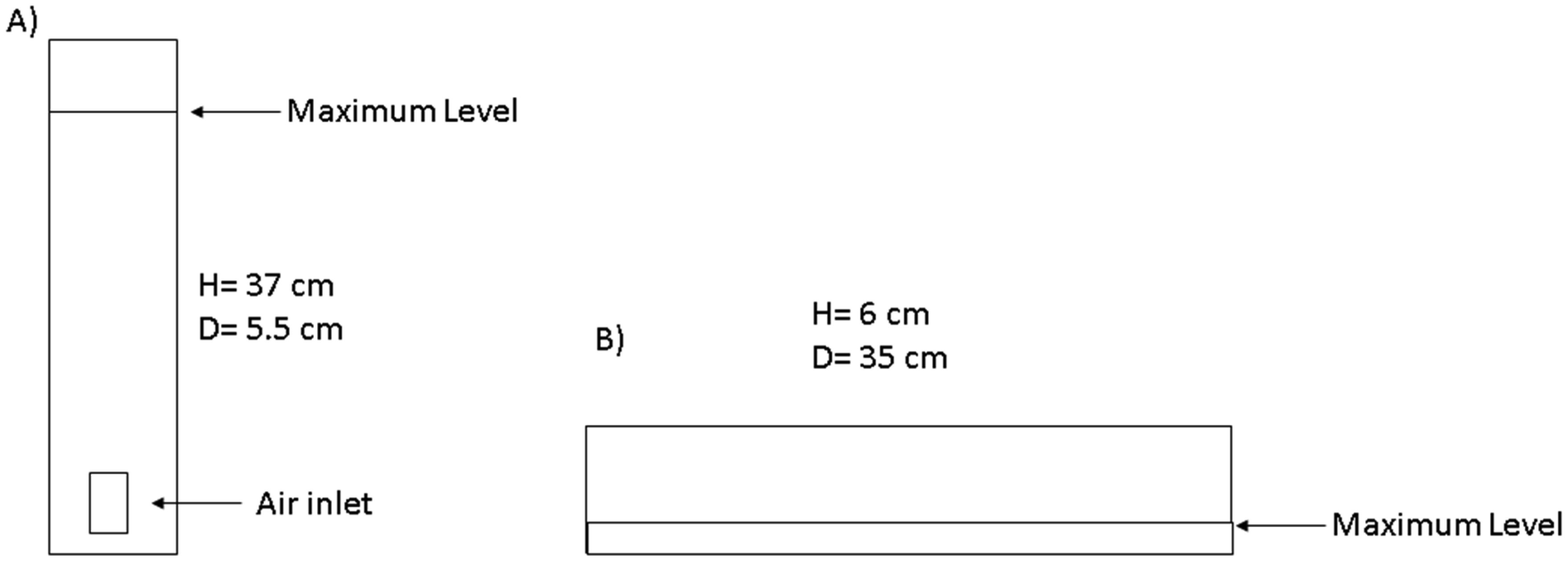









 DownLoad:
DownLoad:
